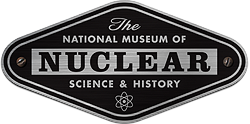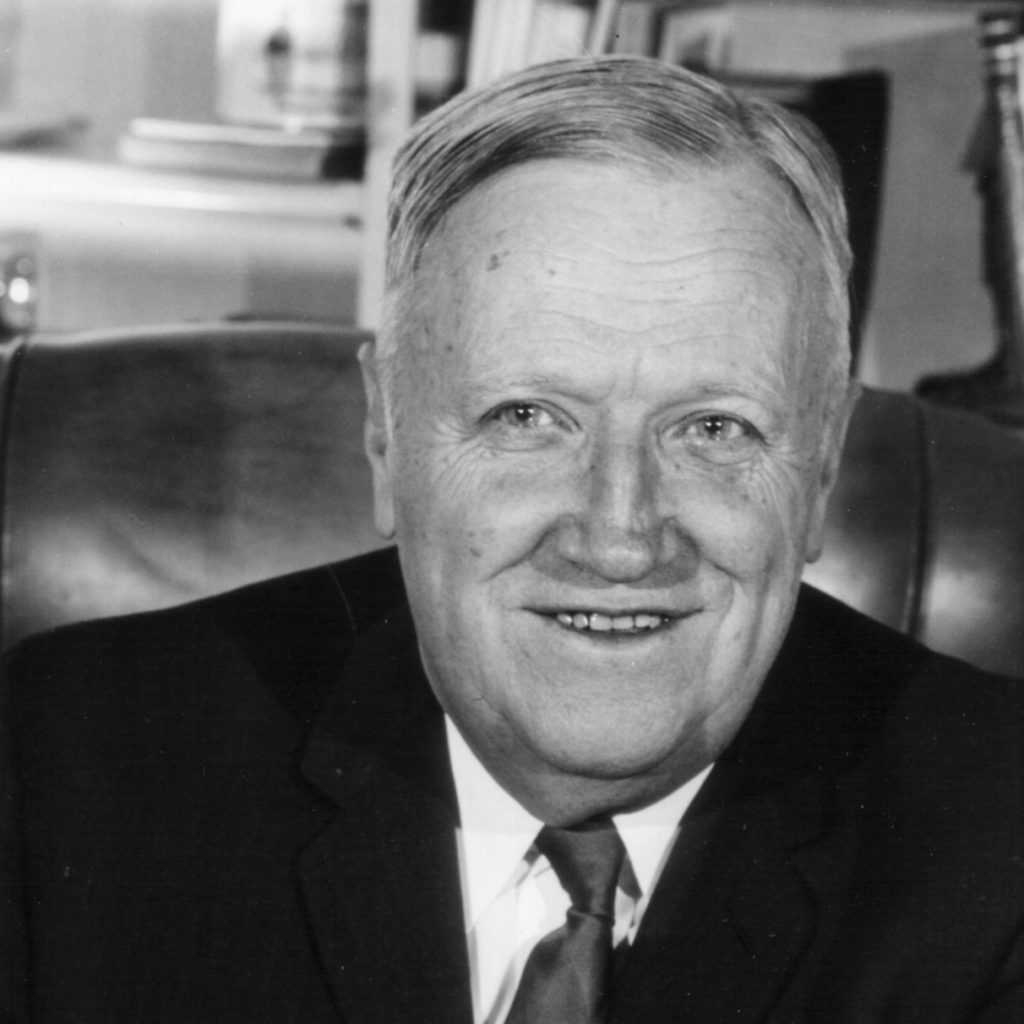Frank Spedding (1902-1984) was a Canadian American chemist.
Before the war, Spedding’s claim to fame was developing a process to purify and separate rare earth elements using ion exchange resins. Because of his expertise, Spedding was asked to lead a team of scientists working on uranium extraction for the Manhattan Project. His team at Iowa State College developed the Ames process to efficiently obtain high purity uranium from uranium halides.
Spedding and his team provided two tons of uranium for Chicago Pile-1, the first controlled nuclear chain reaction, which Spedding witnessed on December 2, 1942. The “Ames Project” ultimately produced more than 1,000 tons of uranium for the Manhattan Project.
Spedding later served as founder and director of the Ames Laboratory, a United States Department of Energy national laboratory affiliated with Iowa State University.





